Considerations for Management in Wilderness
How are wildlife and fish managed in wilderness?
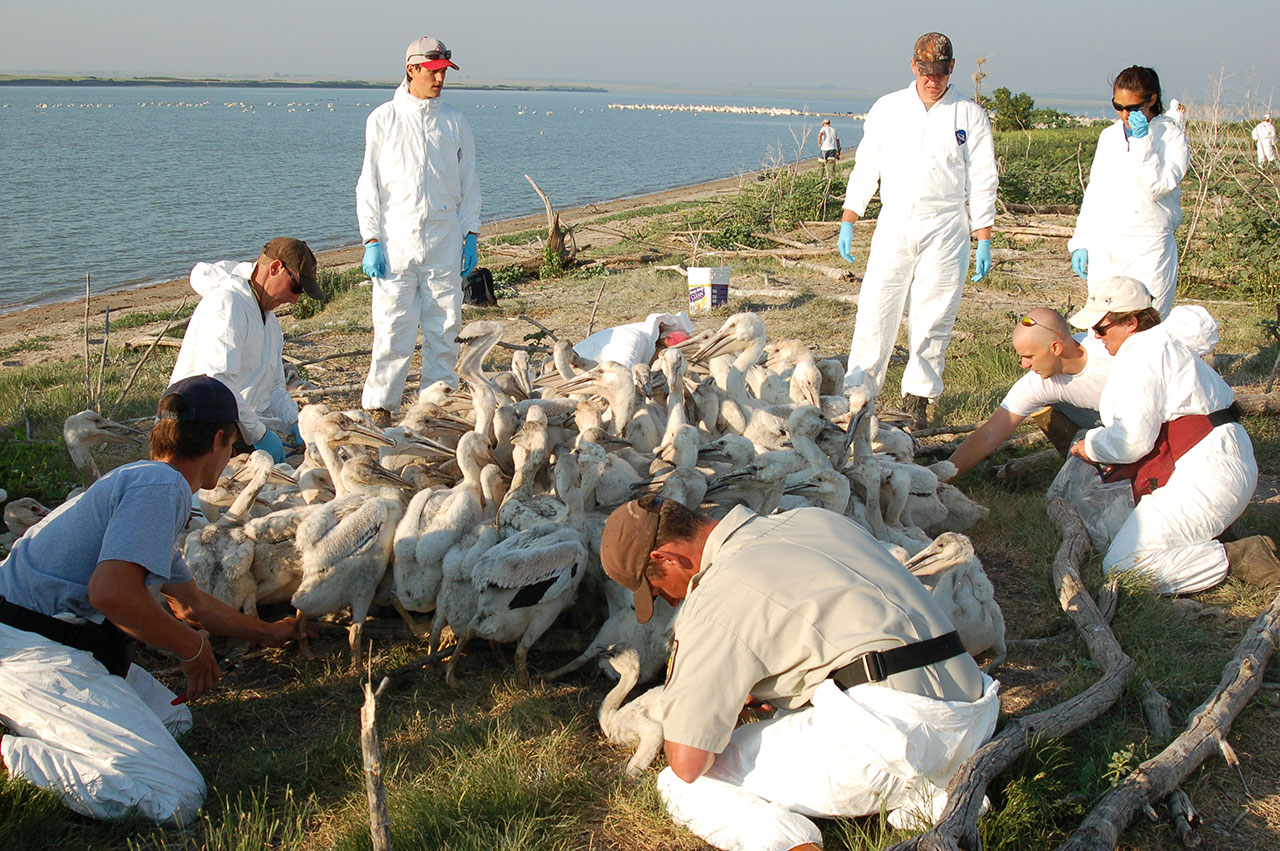
Above: Researchers band pelicans at the Medicine Lake Wilderness.
Non-commercial hunting, fishing, and trapping are allowed in most Bureau of Land Management, Fish and Wildlife Service and Forest Service wildernesses, and some managed by the National Park Service. States and the federal government are jointly responsible for management of wildlife and fish and must work together to meet common objectives. Wildlife species may be introduced and fish species may be stocked in order to perpetuate or recover a threatened or endangered species, or to restore a native species that has been eliminated or reduced by human influence.
Exotic species may not be stocked. Habitat may be manipulated only when it is necessary to correct conditions resulting from human influence or to protect threatened or endangered species. Research and management surveys are permitted if done in a manner compatible with the preservation of the wilderness resource.
How is commercial grazing managed in wilderness?
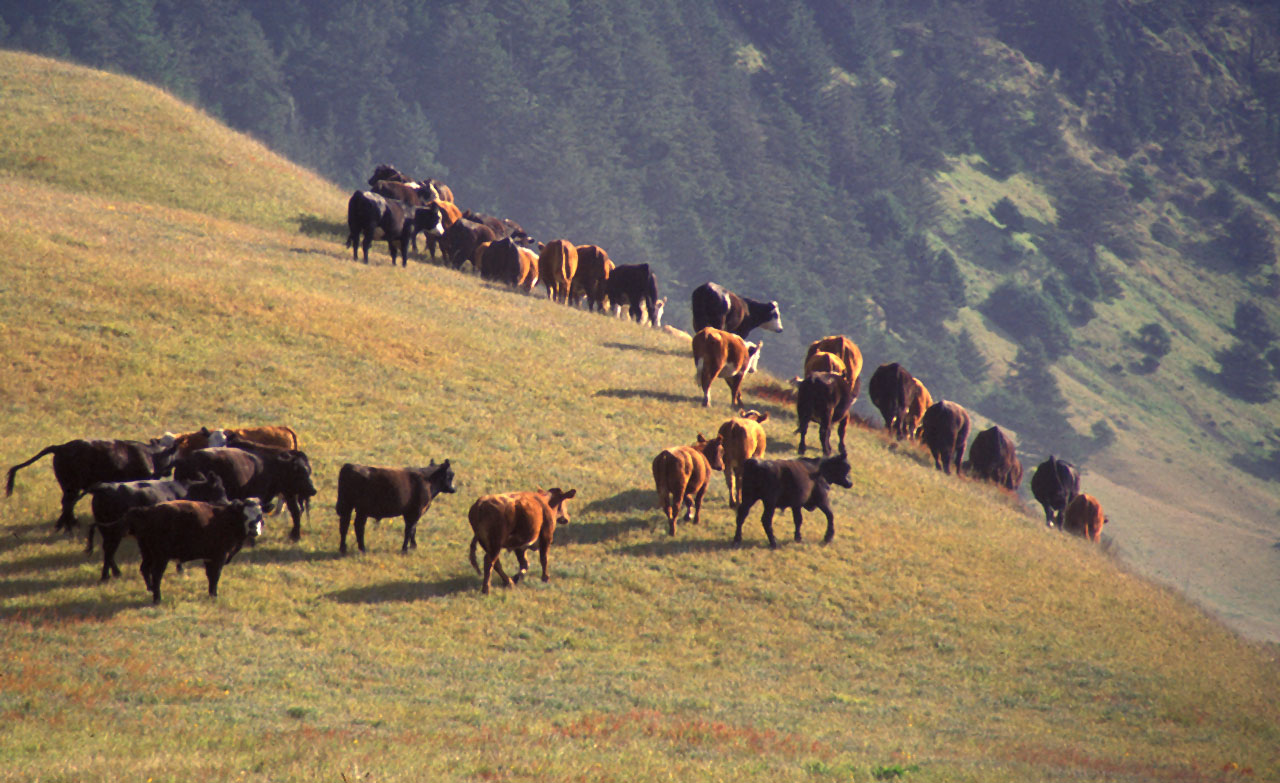
Above: Commercial grazing in the King Range Wilderness by a permittee.
Where previously established, commercial grazing (i.e. cattle, sheep, etc. within permitted grazing allotments) may continue in wilderness, where it was occurring prior to designation. Permittees may be allowed to maintain range improvements, such as fences and watering facilities, that are necessary to the livestock operation or for protection of the range.
The use of motorized equipment may be permitted where it occurred prior to the establishment of wilderness. New range improvements, such as fences and watering holes, may be made where they are the minimum necessary to protect wilderness values and manage the range. Prescribed burning, noxious weed control, seeding, irrigation, fertilization, and liming may be allowed where each activity was practiced prior to wilderness designation, when absolutely necessary for the grazing operation, and where there would be no serious adverse impacts on wilderness values.
Is mining allowed in wilderness?
The Wilderness Act of 1964, and subsequent wilderness laws, prevents new mining claims in wilderness. Prior to designation as wilderness, mining claims may have been made, however, and those claims can still be valid. For valid claims, mining operations may continue after designation, subject to strict regulation to protect wilderness characteristics. Holders of valid mineral leases retain the rights granted by the terms and conditions of the specific leases.
Holders of valid mining claims are allowed to conduct operations necessary for the development, production, and processing of minerals. Mechanical transport, motorized equipment, and access to utility corridors may be used after a determination that they are the minimum necessary. However, these activities and the reclamation of all disturbed lands must minimize the impact on the surrounding wilderness character.
How can private landowners get access to private land within wilderness?
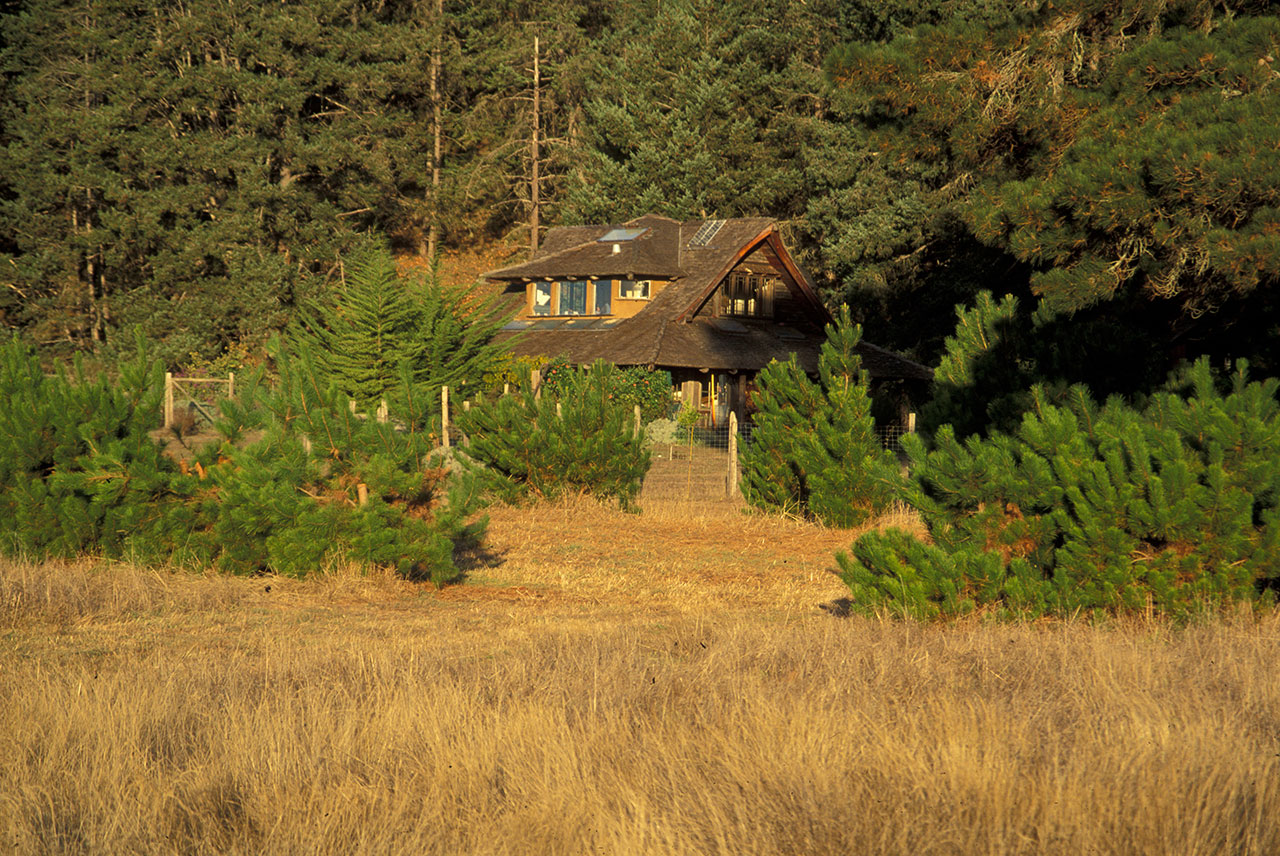
Above: Privately-owned inholding in King Range Wilderness.
State and privately-owned land may occasionally become completely surrounded by wilderness. These lands are termed inholdings. Inholding landowners retain the right of adequate access to the inholding, subject to restrictions that are necessary to ensure protection of wilderness values. Restrictions on access are determined on a case-by-case basis and can include prohibiting certain types of transportation (such as the use of vehicles), prohibiting the use of certain routes by certain types of transportation, or prohibiting the use of certain routes altogether.
If landowners are willing and funds are available, the Federal government may purchase inholdings. The land may also be exchanged for federally-owned land of approximately equal value within the same state. The Alaska National Interest Lands Conservation Act (ANILCA) of 1980 contains special provisions for access to non-Federal lands within wilderness in Alaska.
New dams and water development structures, other than those necessary for range (i.e. generally associated with grazing permits) and wildlife, can only be authorized by the President. Existing reservoirs, ditches, water catchments and related facilities for the control or use of water can be maintained or reconstructed if they meet a public need, or are part of a valid existing right. Within the Selway-Bitterroot Wilderness, for example, there are 19 dams on various creeks used to store water for downstream irrigation. Motorized equipment and mechanical transportation for maintenance of water development structures are not allowed unless they were practiced before the area was designated wilderness or unless they are determined to be the minimum necessary tool or technique. While it might seem impossible at first glance, repair to a major structure such as a dam can indeed be done in wilderness using only human power and traditional tools.
Watershed restoration is permitted only where human activities have caused soil deterioration or other loss of wilderness values, where watershed conditions could cause unacceptable environmental impacts or threaten life or property outside the wilderness, and where natural revegetation is insufficient.
How is fire managed in wilderness?
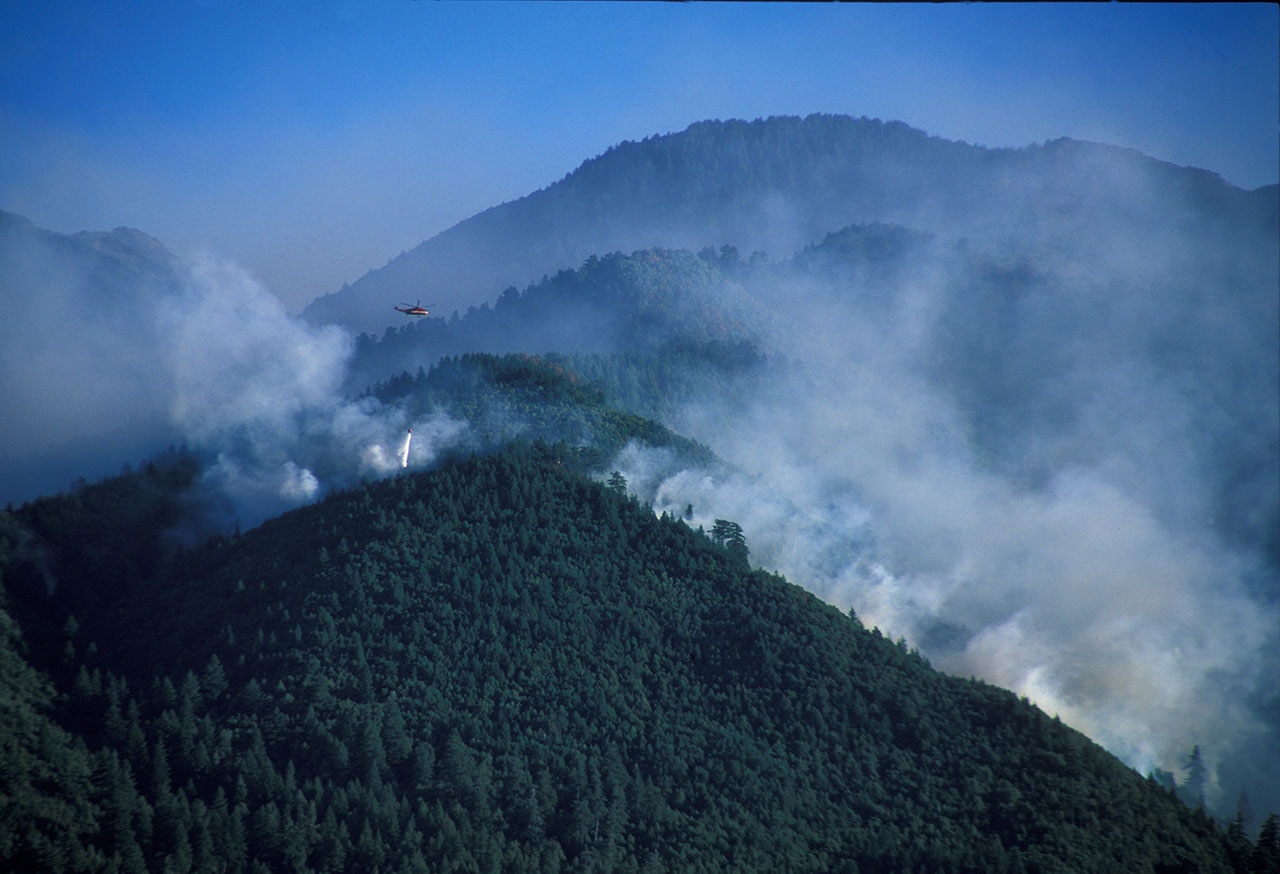
Lightning-caused fires are sometimes allowed to burn in wilderness and thus to allow fire to play its natural ecological role. These fires are managed to reduce, to an acceptable level, the risks and consequences of catastrophic wildfire and of fire escaping from the wilderness. In order to let naturally-ignited fires burn in wilderness, there must be an approved fire management plan, and the fire must meet and remain within established criteria.
Prescribed fires, those ignited on purpose by qualified personnel, may be used to reduce fuel buildups within wilderness, when approved in fire management plans. These plans detail fire goals for the area, historic fire occurrence, the natural role of fire, expected fire behavior, appropriate fire suppression actions and techniques (ex. dropping water or retardant from airplanes), smoke management, and possible effects on adjacent landowners and wilderness visitors.
Most fires are detected from aircraft overflights and lookouts located outside the wilderness boundary, although some lookouts are maintained within wilderness. Fire suppression crews protect natural and cultural features, such as historic cabins, by using suppression tactics that minimize the lasting evidence of suppression actions. Motorized equipment is used only when essential, water is used instead of fire retardants, when possible. Watershed restoration in burned areas is allowed where conditions cause unnatural resource loss or threaten life or property outside wilderness.
How are insects and diseases controlled in wilderness?
Insects and diseases are a natural part of the ecosystem and are not controlled, unless epidemics are expected to cause unacceptable damage to adjacent lands and resources, or exotic species are expected to cause an unnatural loss to the wilderness. Noxious weeds and invasive non-native plant species may be eradicated by physical means, such as grubbing or pulling when the infestations are isolated, and herbicides may be used when absolutely necessary.
Are tree cutting and planting allowed in wilderness?
Timber harvest and clearcutting trees are not allowed in wilderness. Trees and shrubs may be cut for valid mining claims; under emergency conditions such as fire control; for public safety (ex. a hazardous tree that may fall on visitors); and in the construction and maintenance of trails or bridges, when the necessary material needed to build them cannot be reasonably obtained elsewhere. In the latter case, the cutting is done away from trails and campsites and the evidence of cutting removed as much as possible. Dead and downed wood can be cut by wilderness visitors using hand tools for campfires in most wildernesses, but Leave No Trace practices recommend only collecting and burning wood small enough to be broken by hand.
Planting or seeding by land managers is allowed only in rare instances to correct conditions caused by human activities or for emergency situations when natural revegetation is insufficient. Native and local species are required and primitive methods, such as hand planting, are generally used. Using true native species protects unique existing plant gene pools in wilderness.
What is being done to protect air quality in wilderness?
The Clean Air Act requires that land managers protect the air above and around the 88 National Forest wildernesses and 48 National Parks that were designated between 1964 and 1977. Although air quality protections exist for other wilderness areas designated after 1977, the latter areas have the strictest standards. Since air pollution in wilderness can and does come from outside wilderness, wilderness managers monitor air quality, comment on polluter permit applications (such as utilities), and provide recommendations to air quality regulating agencies.
How are historic and archaeological sites managed in wilderness?
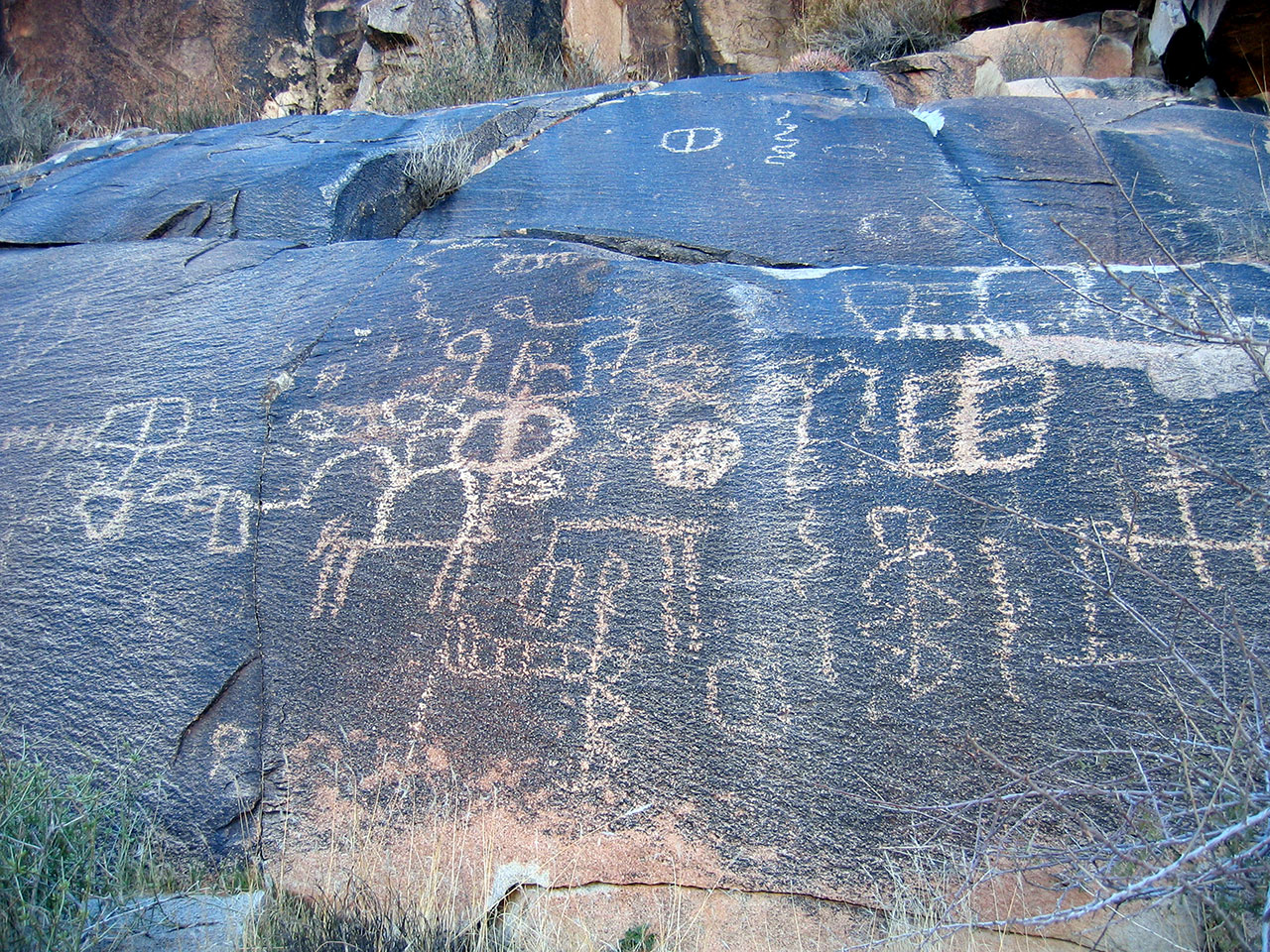
Cultural features in wilderness, such as archeological sites, historic trails or routes, and structures, like historic cabins, are protected and maintained using methods that are consistent with the preservation of wilderness character as well as cultural resource protection requirements. Preservation activities such as salvage rehabilitation, stabilization, reconstruction, restoration, excavation, and intensive inventories are approved on a case-by-case basis, if they will not degrade the overall wilderness character of the area.
Cultural sites, that appear to qualify, are nominated for the National Register of Historic Places. Unless they are needed to provide wilderness benefits or serve administrative purposes, those sites or structures that do not qualify for the National Register can be allowed to deteriorate naturally, removed or demolished. Education about such sites through signs and kiosks is done outside of wilderness, such as at visitor centers and trailheads.
Can scientific research be conducted in wilderness?
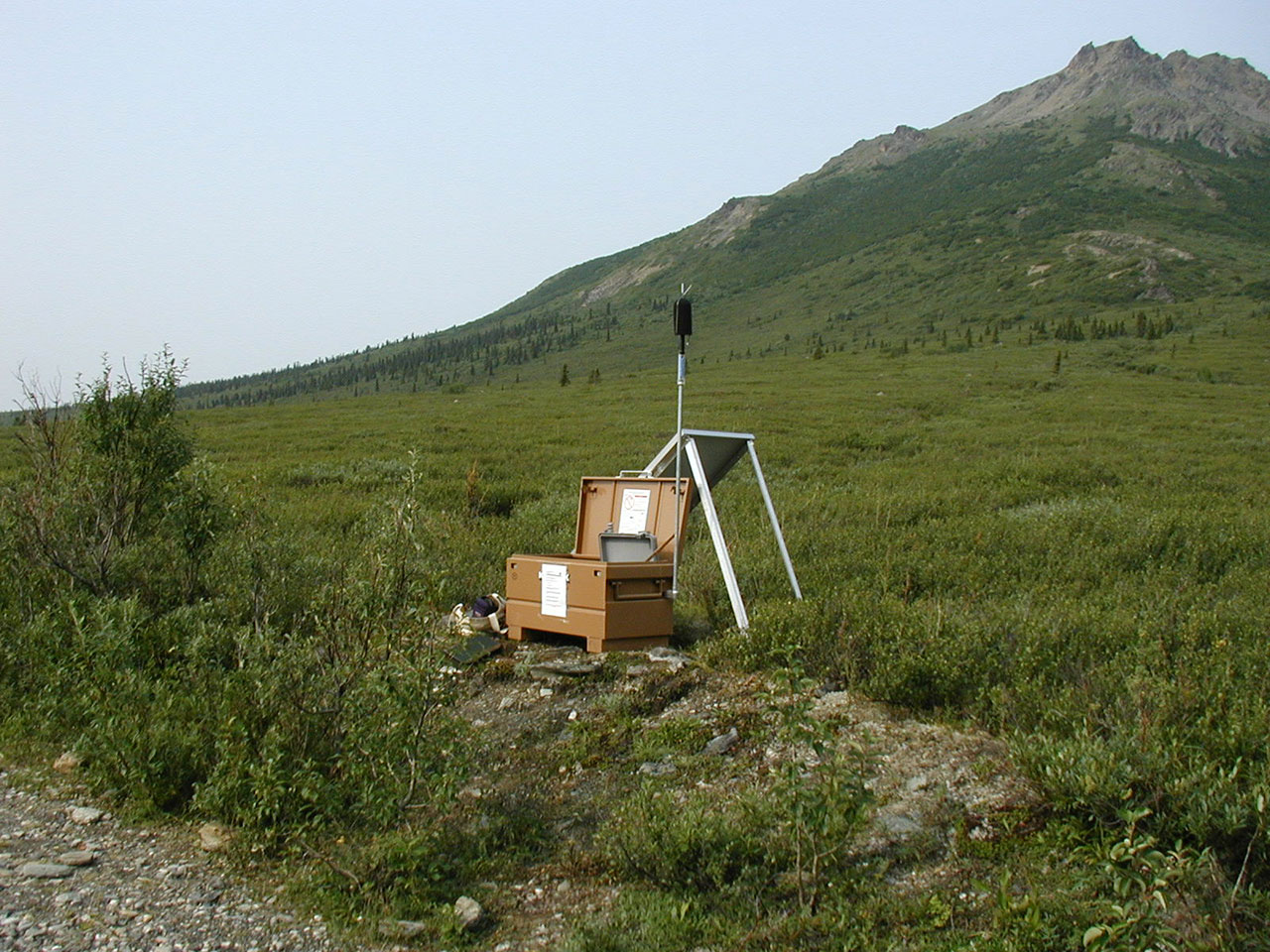
Above: Sound monitoring equipment in the Denali Wilderness.
Research—from surveying wilderness visitors on their opinions about fire to monitoring the frequency of air plane noise—is considered a valid and important use of wilderness. Scientific research projects are encouraged as long as they do not degrade wilderness character and are wilderness-dependent, meaning that they cannot be conducted elsewhere. Research and monitoring devices may be installed and operated in wilderness only when the desired information is essential, the research cannot be located outside of wilderness, and the proposed device is the minimum tool necessary to accomplish the scientific objective safely and successfully.
If proposed studies are not compatible with wilderness values, managers work with applicants to find alternate locations or methods of access. For example, the Forest Service participated in a national survey of wilderness lakes conducted by the Environmental Protection Agency in 1986. Helicopter access to sample the lakes was initially requested, but the Forest Service proposed and helped complete the sampling using foot or horse travel.
Repeated counts of plants, animals, visitors, and other elements of the natural wilderness environment provide a science-based way for managers to determine if changes are occurring and whether those changes affect wilderness character in the long-term.
What is different about wilderness in Alaska?
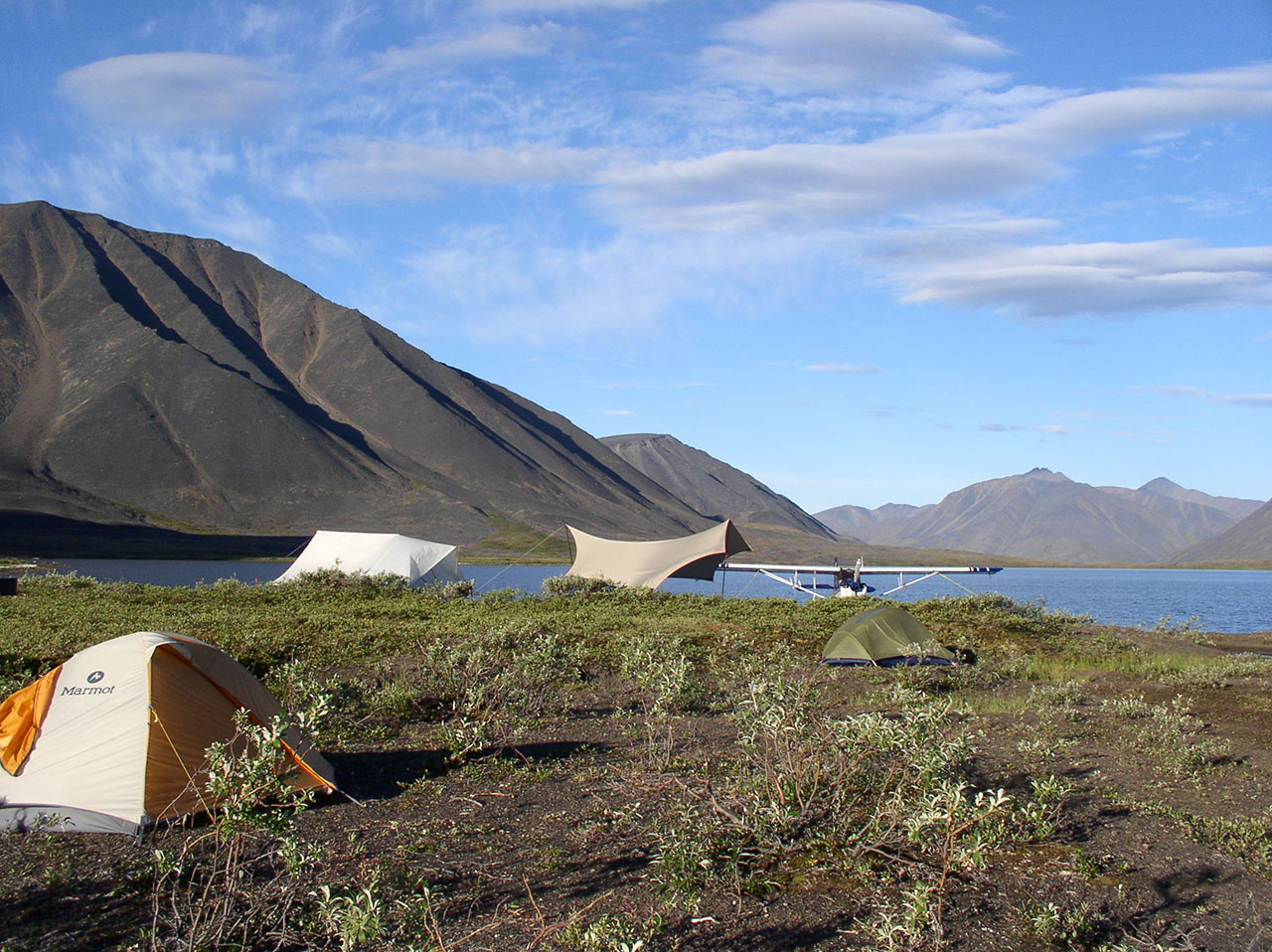
In recognition of the special conditions that exist in Alaska, the Alaska National Interest Lands Conservation Act of 1980 (ANILCA) allows many activities that are otherwise prohibited in wilderness areas outside Alaska. Most notable are motorized access (ex. vehicle, snow machine, bush plane) for traditional uses and subsistence activities (often by Native Alaskans), modification of fish habitat and establishment of fish hatchery programs, construction of recreation cabins and shelters, cutting of trees for house logs and firewood, and commercial salvage of beach logs. Temporary facilities, such as tent platforms and shelters, may also be established for hunting and fishing.